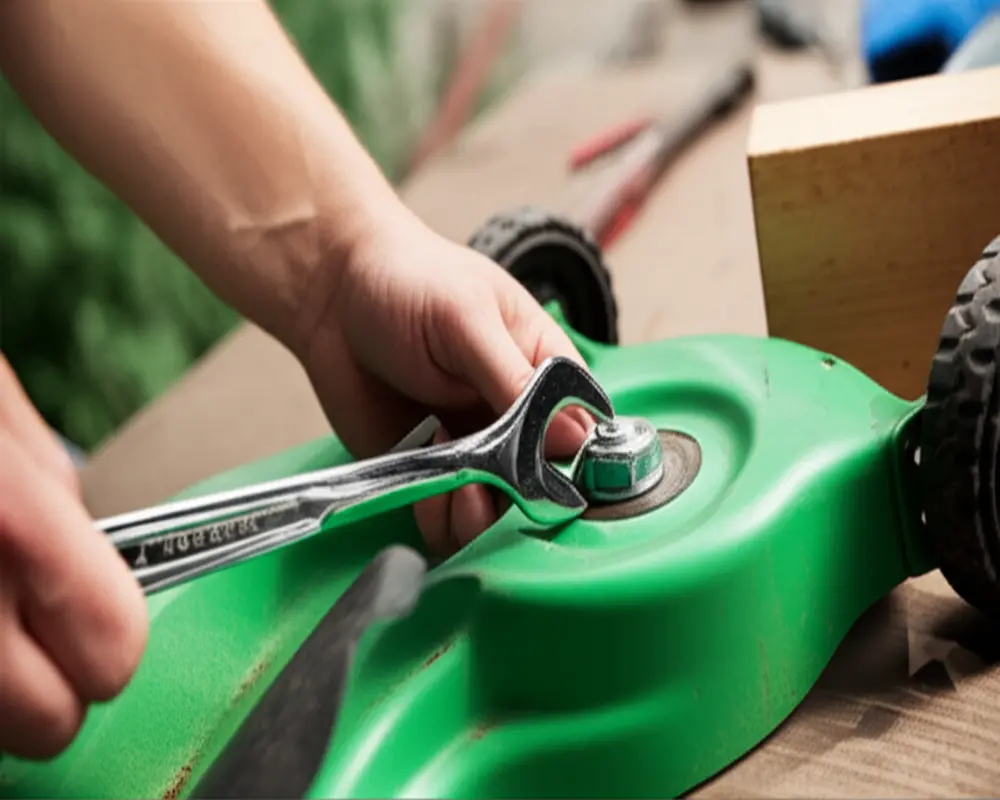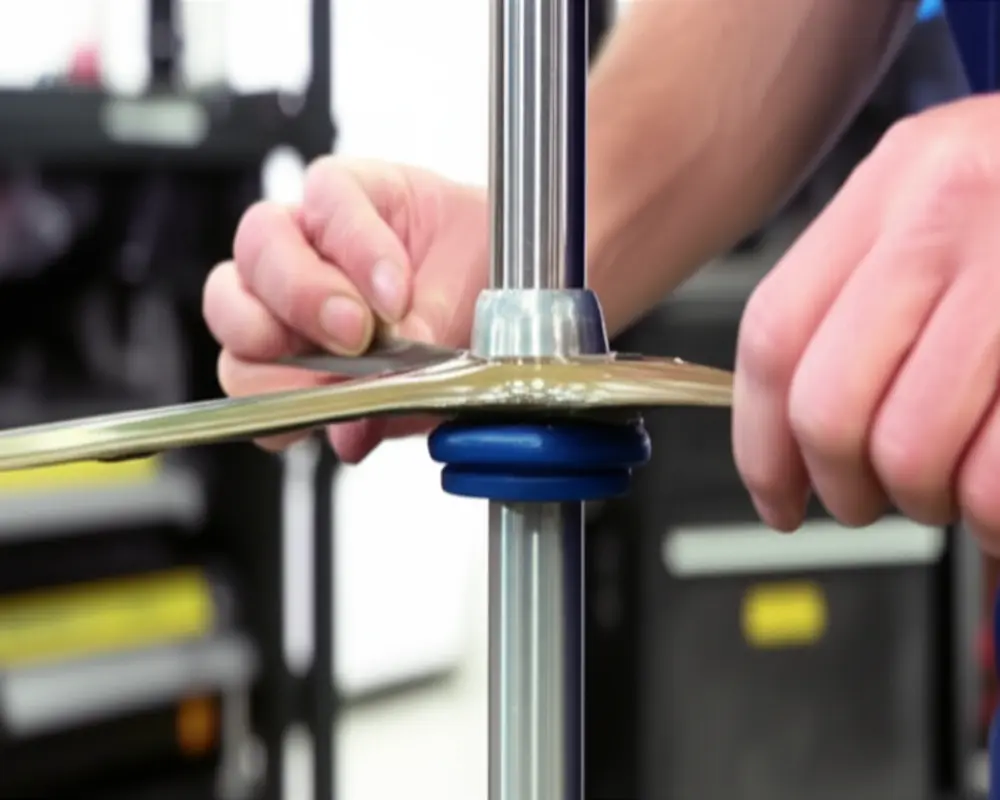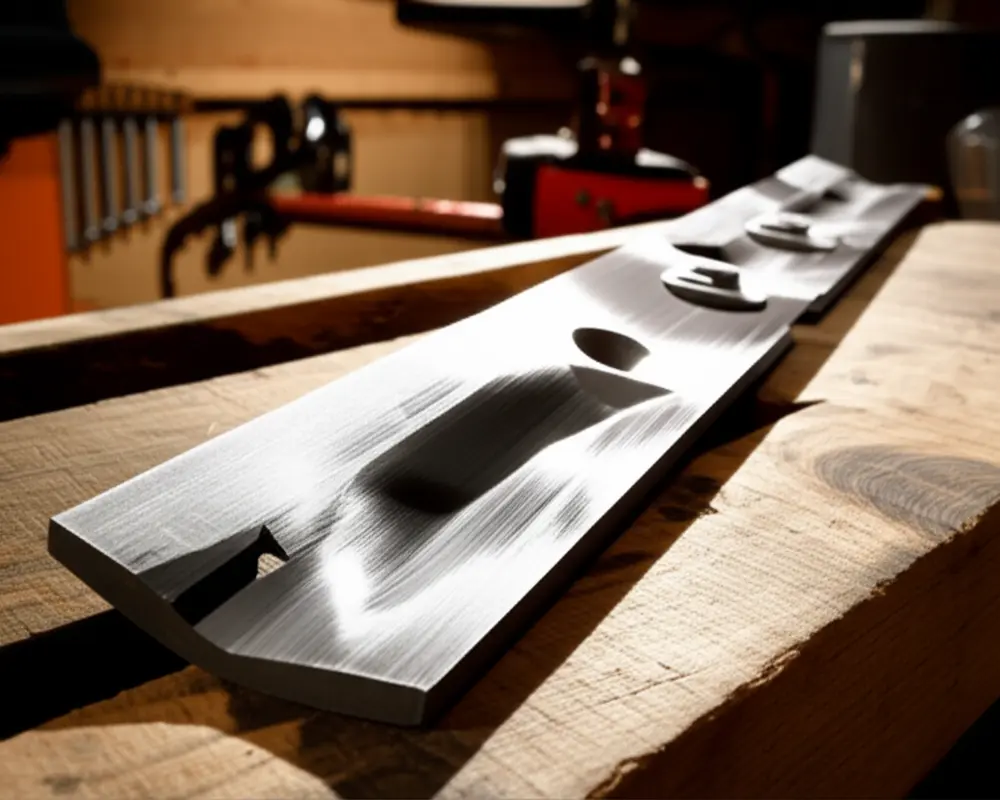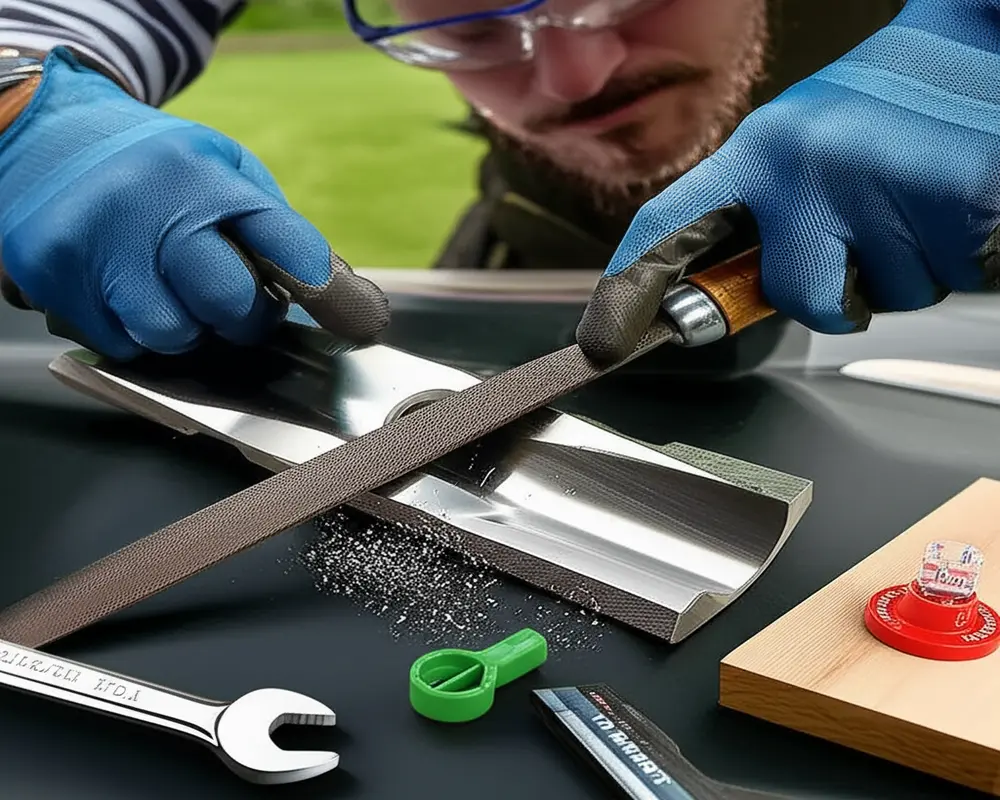Lawn Mower Blade Sharpening: The Complete DIY Guide for a Perfect Cut
Thank you for reading this post, don't forget to subscribe!A properly sharpened lawn mower blade is essential for maintaining the health and appearance of your lawn. A sharp blade ensures clean cuts, leading to healthier grass and a more aesthetic lawn. Additionally, it improves your mower’s efficiency by reducing engine strain and fuel consumption. This comprehensive DIY guide will walk you through identifying dullness, safety precautions, required tools, sharpening methods, and blade maintenance to keep your mower performing at its best.
Is Your Lawn Mower Blade Dull? Signs to Look For
Recognizing when your lawn mower blade needs sharpening is the first crucial step in lawn mower maintenance. One clear indicator is the appearance of your grass. If you notice ragged tips, discoloration, or uneven cuts, your blade might be dull. Besides the lawn’s appearance, the mower’s performance can reveal blade condition as well—vibrations or unusual engine strain during operation often point to blade issues. Upon inspecting the blade itself, visible nicks or dull edges confirm the need for sharpening.
Experts recommend sharpening blades at least once per season for average use, and more frequently if your mower processes thick or dense grass regularly. Environmental factors and mower type also influence blade sharpening frequency. Regular blade care contributes significantly to overall mower longevity and lawn health.
Safety First: Essential Precautions Before You Begin
Safety is paramount when handling lawn mower blades. Always disconnect power sources before any blade work—whether it’s unplugging the spark plug wire or removing the battery to prevent accidental starts. Equipping yourself with personal protective equipment such as gloves, safety glasses, and hearing protection is necessary. Secure the mower on a flat surface, block the wheels to prevent movement, and perform oil and fuel checks to avoid spillage. Before sharpening, assess blade condition thoroughly; avoid sharpening blades with severe damage as this poses risks during operation.
Tools and Materials You’ll Need
Preparation is key. You’ll need the right tools for blade removal and sharpening:
- Wrenches and blade removal tools, including torque wrench for reinstallation
- Sharpening tools: choices include hand files, bench grinders, angle grinders, or drill attachments, depending on your comfort and availability
- Cleaning supplies to remove grass and debris
- A blade balancer to ensure proper blade balance post-sharpening
- Optional but recommended: rust-preventative oils, degreasers, and markers for marking edges
Step-by-Step Guide to Sharpening Your Lawn Mower Blade
First, safely prepare your mower. Disconnect its power source and use a wrench along with a sturdy wooden block to prevent blade rotation while loosening the bolts during blade removal.

Once removed, clean the blade thoroughly to eliminate grass, dirt, and rust. This ensures an effective sharpening process and prevents uneven blade edges.
Sharpen the blade using your chosen tool. For hand files, maintain a consistent angle—usually between 30 to 45 degrees—to restore the sharp edge efficiently. Power grinders provide a faster method; move the blade smoothly along the edge, keeping the original bevel intact. Take care to sharpen both cutting edges evenly.
After sharpening, balancing the blade is critical. An unbalanced blade causes excessive vibration and premature wear on mower components. Using a blade balancer, check for even weight distribution. If necessary, file down the heavier side lightly until balanced.

Finally, reinstall the blade securely, using the proper torque specifications to ensure safe and optimal function. Consult your mower’s manual for exact torque values.
After Sharpening: Maintaining Your Lawn Mower and Blade
Maintaining the lawn mower blade after sharpening prolongs its effectiveness. Regular cleaning and inspections prevent buildup that diminishes sharpness. Proper off-season storage protects blades from rust and damage. Complement blade care with engine maintenance such as air filter and oil checks to keep your mower running smoothly.

When to Replace Your Blade Instead of Sharpening
Sometimes, replacement is the safer and more cost-effective option. Blades that exhibit severe damage, such as deep cracks, warping, or excessive wear, should not be sharpened. Consider blade types such as standard, mulching, or high-lift replacements based on your mowing needs and mower specifications. Replacing worn blades helps ensure safety and optimum mower performance.
Frequently Asked Questions (FAQ)
How sharp should a mower blade be?
The blade should be sharpened to a honed, sharp edge resembling a precise cutting knife angle, typically between 30 to 45 degrees, to achieve a clean grass cut without tearing.
Can you sharpen a bent blade?
Bent blades pose safety risks and usually require replacement instead of sharpening, as bending can weaken the blade’s structure.
What is the ideal sharpening angle?
Most lawn mower blades are sharpened at an angle between 30 and 45 degrees; it’s vital to preserve the original bevel angle during sharpening.
How long does a blade typically last with regular use?
Blades generally last one to two mowing seasons, depending on lawn conditions and frequency of sharpening.
Can mulching blades be sharpened?
Yes, mulching blades can be sharpened like standard blades but require careful attention to maintaining their unique shape for optimal mulching performance.
What if I don’t have a vise to secure the blade?
If a vise is unavailable, use a sturdy wooden block to immobilize the blade against a firm surface during sharpening for safety.
Conclusion: Enjoy Your Healthier Lawn and Efficient Mower
Maintaining a sharp lawn mower blade is a fundamental step toward achieving a healthier, more vibrant lawn. Not only does it ensure cleaner cuts that facilitate grass health, but it also reduces mower wear and improves fuel efficiency. By following this detailed DIY guide, you can confidently maintain your mower’s blade, extending its lifespan and enhancing your lawn’s appearance year-round. Embrace regular blade sharpening and maintenance to bring out the best in your lawn care efforts.
For further detailed gardening tools maintenance, explore advice on garden spade rust prevention to broaden your tool care knowledge.
For comprehensive methods on sharpening other garden tools, including pruning equipment, visit our guide on how to sharpen pruning shears.
Additional expert insights on blade care and lawn mower maintenance can be found on authoritative sites such as The Spruce, Bob Vila, and Popular Mechanics.

